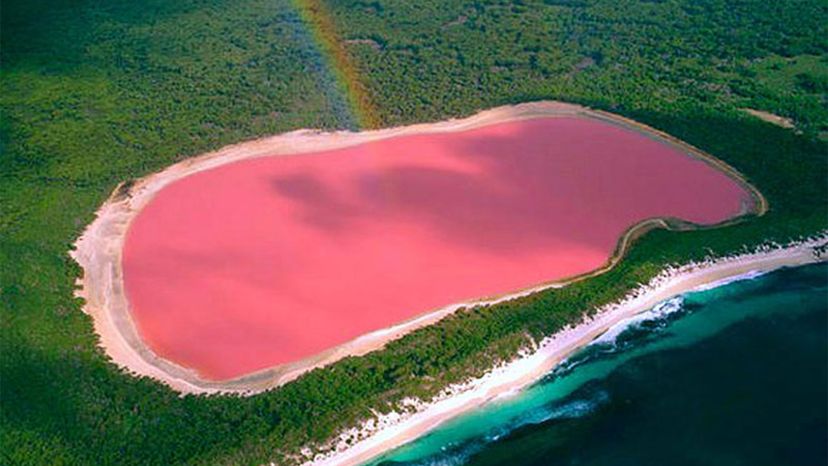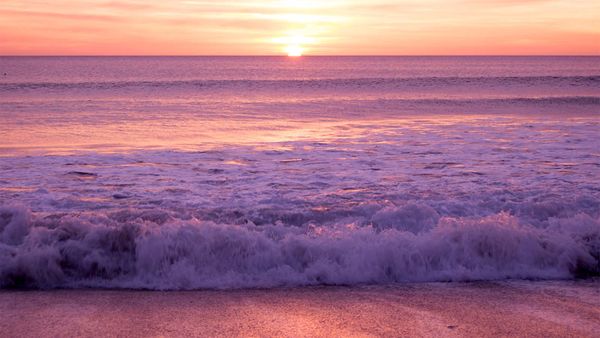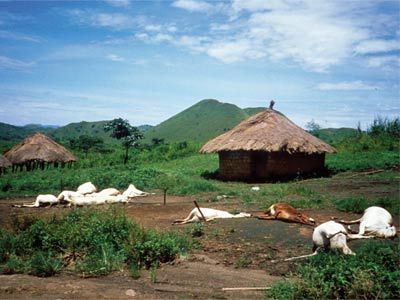On the remote Middle Island, just off the coast of western Australia, lies a vibrant, beautiful, bubblegum pink lake that has baffled and fascinated tourists and scientists alike for years.
Lake Hillier is the name of this salt lake, and it's every Instagrammer's dream come true. This bright pink lake juxtaposed against the turquoise bay makes for a stunning sight.
Why So Pink, Lake?
It's not magic or fairy dust, but biology and chemistry playing their parts. Scientists have unraveled the pink mystery. The color comes from the unique blend of the microorganisms present.
- Dunaliella salina: This type of algae thrives in high salt concentration and produces beta carotene, giving it a reddish-pink hue.
- Halobacteria: This isn't your average bacteria and can be considered an extremophile. It lives in intensely salty environments like salt flats and emits a red pigment.
Interestingly, similar algae also flourish in the Dead Sea and other water bodies with high salt production.
Visiting Lake Hillier
While Lake Hillier is a visual treat, getting to Middle Island isn't a walk in the park. Mostly accessible via boat cruise and scenic flight, setting foot on the island is strictly off-limits. But the aerial views? Absolutely worth it.


